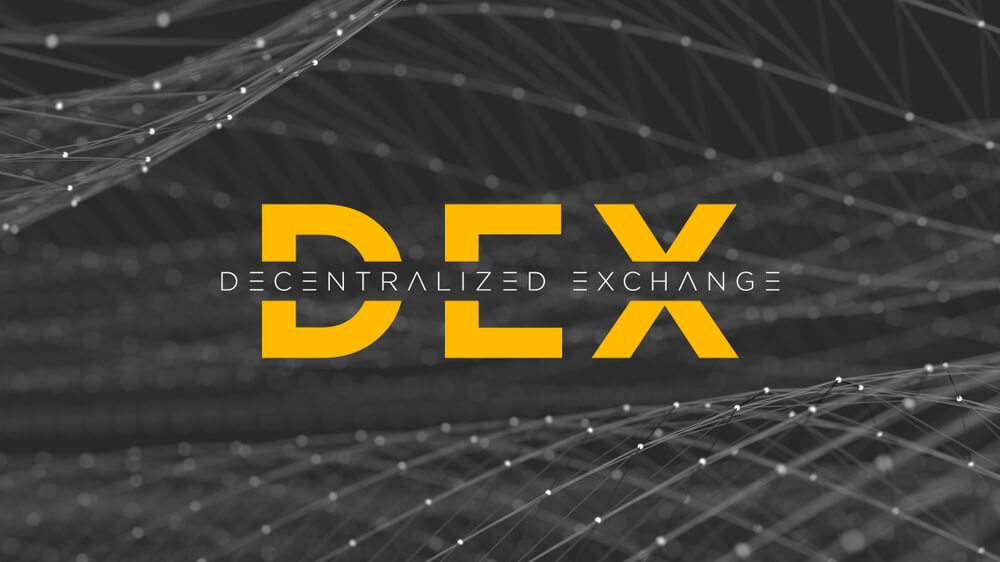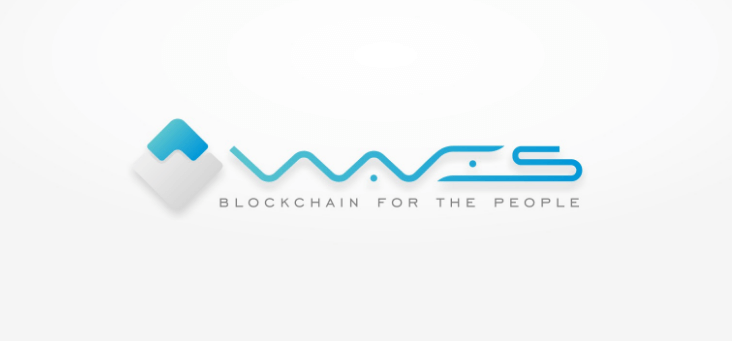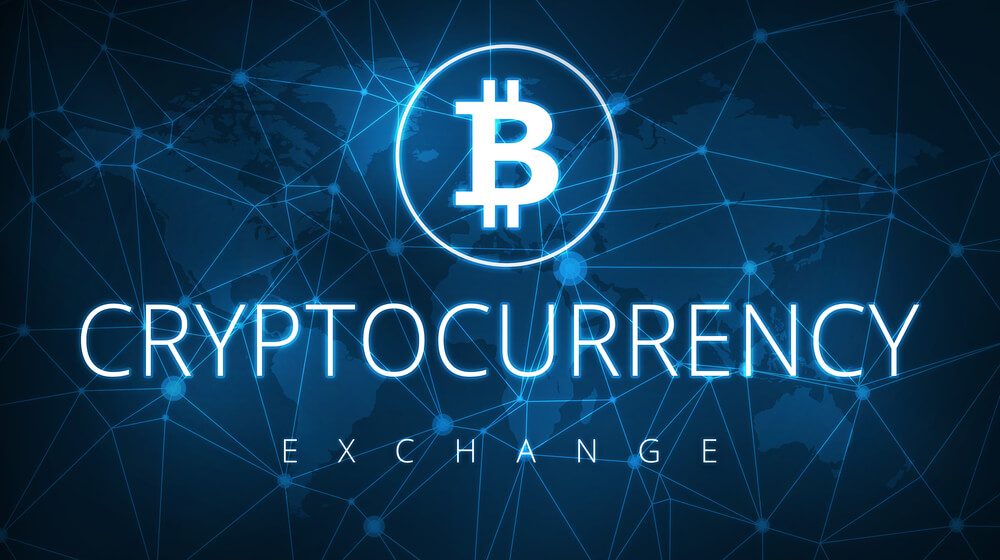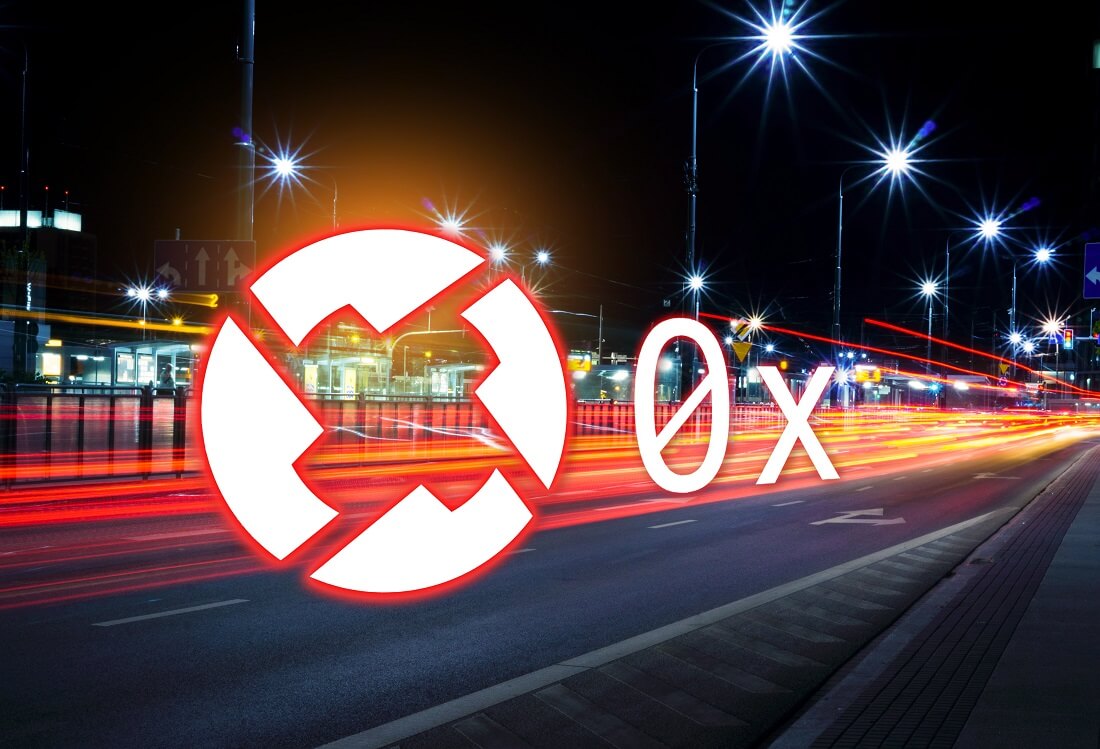Blockchain empowers people, organizations, and other entities to realize faster, more transparent, and trustless processes. But this is not just what the tech can accomplish. In fact, the tech was brought to life so it could support cryptocurrencies, which, in a nutshell, is internet-based, cryptographically-secured, and decentralized money. Thousands of blockchain-based currencies exist today.
But away from ‘mainstream,’ full-blown cryptocurrencies such as Bitcoin, the blockchain can support tokens for more humble purposes such as loyalty tokens for businesses, small-scale ICOs, and even crowdfunding.
Waves is a platform that’s harnessing the power of blockchain to do just this. And it’s already successful in this niche, with a few high-profile applications. One of these is Burger King, Russia. The fast-food chain has created a loyalty token known as Whoopercoin based on Waves. Another is American politician Larry Sharpe who created a WAVES token – Sharpecoin for his 2018 campaign.
What’s Waves? This guide tackles that question and more.
Understanding Waves
Waves is a blockchain-based platform that allows anyone anywhere to create their own token. Whether you want a community-centered token, loyalty program, an in-game currency, there are no limits on the type of tokens you can create on Waves.
Waves was created in 2016 by Sasha Ivanov with the goal of bringing blockchain-powered tokens closer to the people’s reach. The platform is equipped with token-building kits that are highly functional and easy-to-use. With the platform, Ivanov envisioned a world where anyone, individuals and organizations alike, can access and interact with the blockchain.
How Does Waves Work?
Waves operates based on three core pieces of software:
- Custom application tokens
- A decentralized exchange
- Smart contracts
#1.Custom Application Tokens (CATs)
The Waves platform exists mainly to facilitate the creation of tokens. CATs allow you to do this. You can create a token on the web or through a mobile app available for both iOS and Android.
You can buy, sell, trade, exchange, and transact with Waves-based tokens. Tokens created via the platform may not have as much applicability as tokens created on a more ‘sophisticated’ platform such as Ethereum, but they are infinitely easier to create, and besides, you don’t have to have any developing knowledge. This simple to use quality of Waves makes it ideal for purposes such as in-app tokens, simple Initial Coin Offerings, and loyalty reward schemes.
#2. Decentralized Exchange (DEX)
Decentralized exchanges are ones that are not overseen or controlled by any particular authority, with transactions being peer-to-peer. DEXs thus eliminate most of the shortcomings associated with centralized exchanges.
Not only are DEXs more secure, but they are also more private as you’re not required to provide any personally-identifying information – as it is with centralized exchanges. Also, the exchange cannot arbitrarily freeze your funds or limit how many trades or withdrawals you can make.
Waves’ DEX utilizes an automated mechanism to pair buy and sell requests, streamlining the process for everyone involved. In February 2020, Waves announced the launch of a Fiat gateway that will enable users to purchase crypto with debit and credit cards.
#3. Smart Contracts
The Waves platform added a smart contract functionality to the platform in September 2018. The functionality enables users to create multisig addresses, freeze tokens, carry out atomic swaps, and create customized voting mechanisms. The smart contracts use a proprietary coding language known as RIDE. Unlike the Ethereum platform that requires gas for smart contract transactions, Waves charges a minimal fee -which is more upfront.
Waves’ Two-tier Architecture
Unlike, say, on Bitcoin, nodes maintaining the Waves network do not need to download the whole blockchain. Instead, full nodes update the rest of the nodes (also known as lightweight nodes) on transaction verifications.
To ensure trust between the two types of nodes, Waves utilizes the Scorex platform, a modular blockchain framework through which lightweight nodes use the current network state achieved by full nodes.
A Leased Proof-of-Stake (LPoS)
LPoS is a modified version of the traditional proof-of-stake consensus mechanism. In LPoS, token holders lease their balance to full nodes, who create new blocks and receive rewards. They can then share these rewards with leasing nodes, who are rewarded according to their amount of stake – which is the total amount of tokens they leased.
Leasing costs 0.002 waves. To run a full node, you need at least 1,000 WAVES. This requirement is a downward adjustment from the former minimum requirement of at least 10,000 WAVES. If you wish to become a full node but do not have 1000 WAVES, you can lease coins from other participants in the network.
Miner Reward Token (MRT)
As a block creation full node, you earn miner reward tokens (MRTs) along with your WAVES rewards. For the first 70 blocks that you create in a day, you earn 60 MRT, and 30 MRT for every block you produce after that. MRT is a token created for the Waves platform. You can also exchange it for other tokens in the in-house exchange.
What’s the Market Look Like for WAVES?
As of June 14, 2020, WAVES is going for $1.20, and it ranks at #59. It has a market cap of $122, 385, 397, a 24-hour volume of $35, 098, 740, a circulating and total supply of 102, 199, 780. The token had an all-time high of $18.07 (Dec 19, 2017), and an all-time low of $0.122684.
Buying and Storing WAVES
You have two ways to acquire WAVES. One is by purchasing it from exchanges such as Binance, Bittrex, YoBit, BitMart, LATOKEN, P2PB2B, BitHumb, Huobi, Kraken, IndoEx, Paribu, and YoBit. While you can do so using Fiat in some of the exchanges, others require you to first purchase a proxy token and swap it for WAVES. The other way is to use the in-house DEX to exchange any of the supported tokens for WAVES.
For storage, you can use the WAVES’ lite wallet supported on the web, iOS, and Android. It is strongly recommended not to store your funds in an exchange since not only are they in the danger of being hacked, but also you do not have full control over your funds, as it should be. Other options include Trust Wallet, Atomic Wallet, Guarda, and Ledger.
Final Words
Waves brings the power of the blockchain to the people, providing infinitely easy ways to create your own tokens. Whether you’re looking to create a crowdfund, a simple voting mechanism to decide where to go for a holiday, or a loyalty token for your customers, anything goes.
Its addition of a smart contract functionality puts it right up with the likes of Ethereum, NEO, and other popular platforms. Individuals can also exchange crypto on Waves in a safer and uncensorable way, all while maintaining their anonymity. If Waves continues adding more value to users this way, the platform will continue to grow in popularity.





